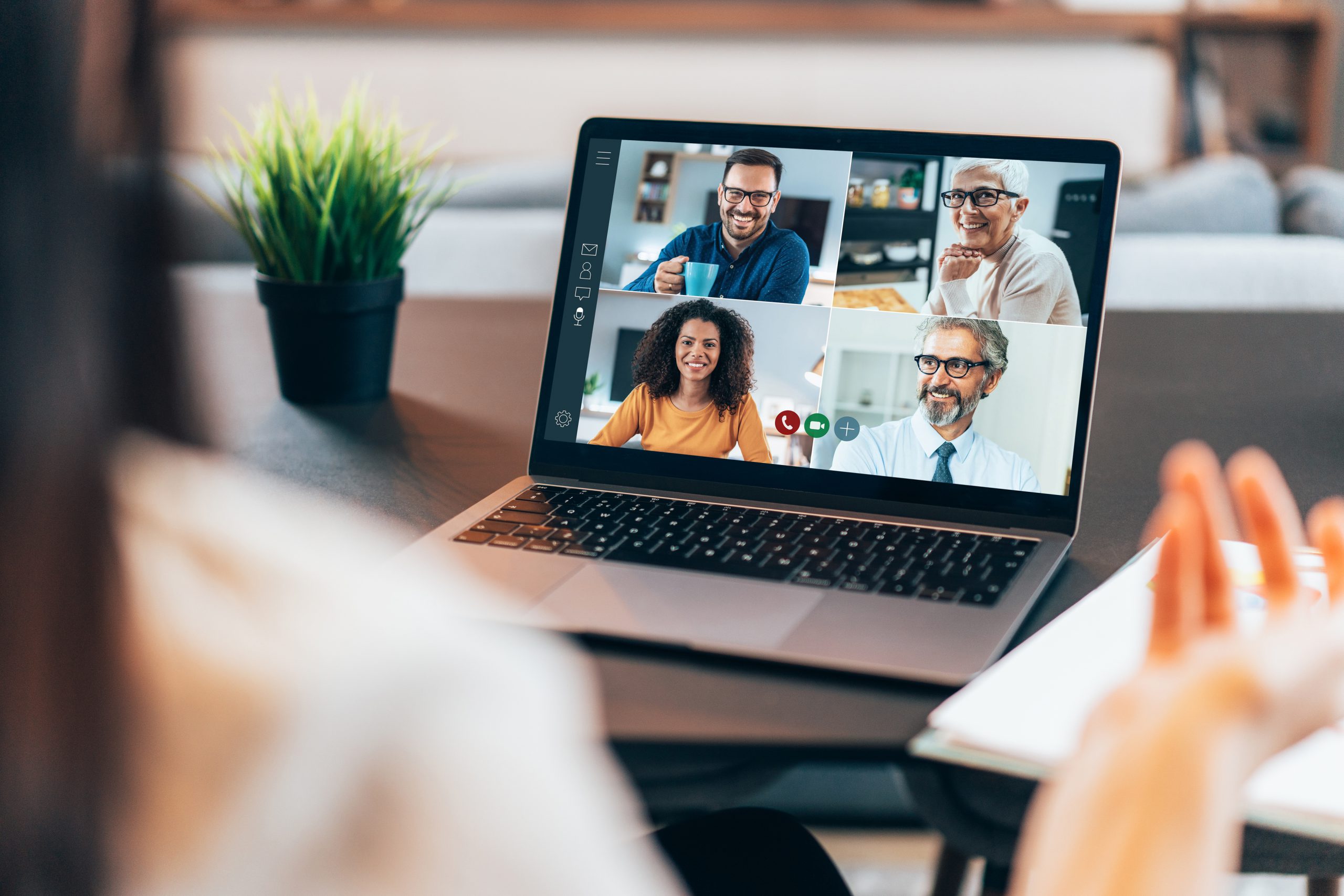Your Telehealth Consultation Checklist
Your success in telehealth jobs depends upon your ability to make patients feel at ease and well cared for despite the distance between you. Two-thirds of Americans have said that COVID-19 has made them reconsider using telehealth services, though only 19% have done so. Of these, the overwhelming majority say that they were so satisfied with the experience that they have either had or would have another virtual consultation.
As telehealth has matured, telehealth practitioners have learned a lot about how to carry out fantastic online consultations. These tips will help you to do the same.
1. Use High-Quality Equipment
What is it they say? ‘A workman is only as good as his tools’?
The quality of your webcam and audio directly impacts the patient experience. You must be able to see and hear your patient clearly, and vice versa.
Often, your computer’s in-built equipment will suffice, but a microphone and quality webcam will take visual and audio quality to the next level for your patients – and these can be bought for far fewer dollars than you might think.
2. Set Up Your Camera, Microphone, and Office
Before you connect with a patient, check your camera and microphone level. Adjust as necessary to ensure the patient sees and hears you clearly. Here’s a few tips:
- Set up your webcam at eye level to make it easier to make eye contact as you would during an in-person visit
- Make sure you have a neutral background
- Plug in your computer so that you don’t risk loss of connection because your battery fails
- Ensure that you are working in a quiet space and that you won’t be interrupted
When setting up your office for virtual visits, make sure that the light is not behind you. Instead, use a soft light in front of you. This will make sure that the patient can see you properly without you appearing either as a silhouette (because of backlighting) or a snowman (because of front lighting that is too bright).
3. Be prepared for Your Patient
If possible, read the patient’s notes before you connect with them. The more prepared you can be for the visit, the more the patient will feel cared for. A level of knowledge about your patient will provide the patient with a positive first impression and make the consultation easier to conduct. The result is a more efficient and effective visit.
4. Prepare the Patient
Patients know what to expect from an in-person visit, but for many of your patients the consultation they have with you may be their first. It is good practice for the provider to communicate what the patient should expect and how to prepare for your consultation. This may include specific clothing they should wear (for example, if wounds need to be examined), as well as whether they will need to connect to any specific health devices for measurement of vital signs.
5. Follow Consultation Protocol
Always follow the consultation protocol that is laid out by the provider, as you would with an in-person visit. Ask questions, take notes, and build up a picture of the patient’s medical history. This will help you to make an informed diagnosis.
6. Be Engaging and Stay Engaged
Maintain eye contact, and listen to the patient. If you need to look away, for example, to take notes, let the patient know why you are looking away. This will ensure they know you are focused on them and have not been distracted.
7. Be Ready for Technical Problems
Telehealth systems are very robust, but, nevertheless, you may experience technical issues. Be prepared for this. Have technical support phone numbers, emails, and other contact details to hand. For the odd occasion when you do have a technical problem, this will ensure that you don’t waste precious time fumbling around for information that should be in front of you.
8. Close All Programs You Don’t Need
Often, as we work through the day, we tend to open programs and forget about them. The result is that your computer is working hard to keep unnecessary programs open. This can make your video link run slow or become pixelated. Video tech takes a lot of bandwidth, so closing all the programs you don’t need will help your telehealth platform to run more efficiently.
9. Wrap Up with an Explanation
When you have completed the consultation, wrap up by explaining what happens next. Tell the patient what they must do next – for example, picking up medicines that you have prescribed – and schedule any follow-ups that are necessary. Make sure the patient understands these next steps.
Finally, you may consider asking the patient what they thought of the consultation, using any feedback to improve how you consult next time. And of course, exactly as you would at the end of an in-person consultation, thank them for their time and wish them well.
Delivering a Perfect Patient Experience
Patients may be more nervous during a virtual consultation than they would be during an appointment in a physician’s office. These tips will help you to put the patient at ease and conduct a caring and professional consultation.
Do you have any tips that you would like to share? Get in touch with Telehealthgigs and let us know what you have found to work best.







